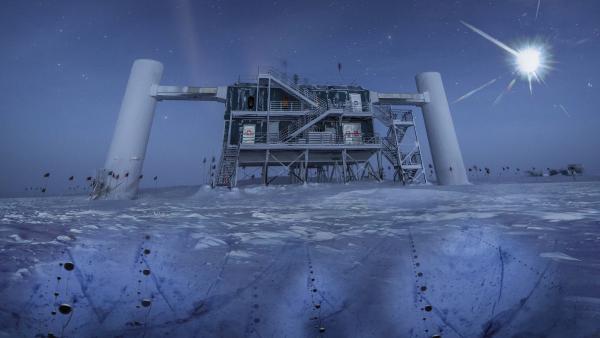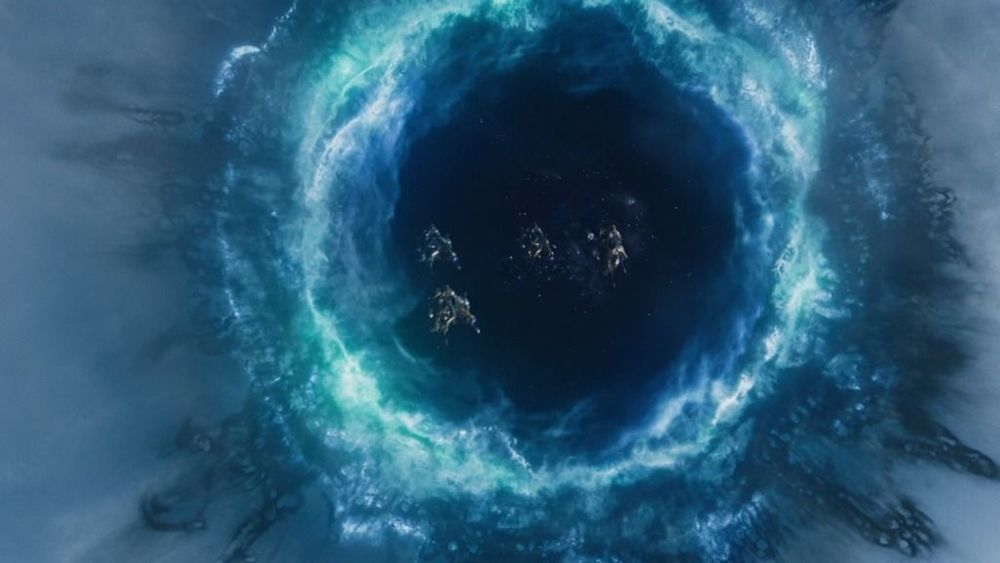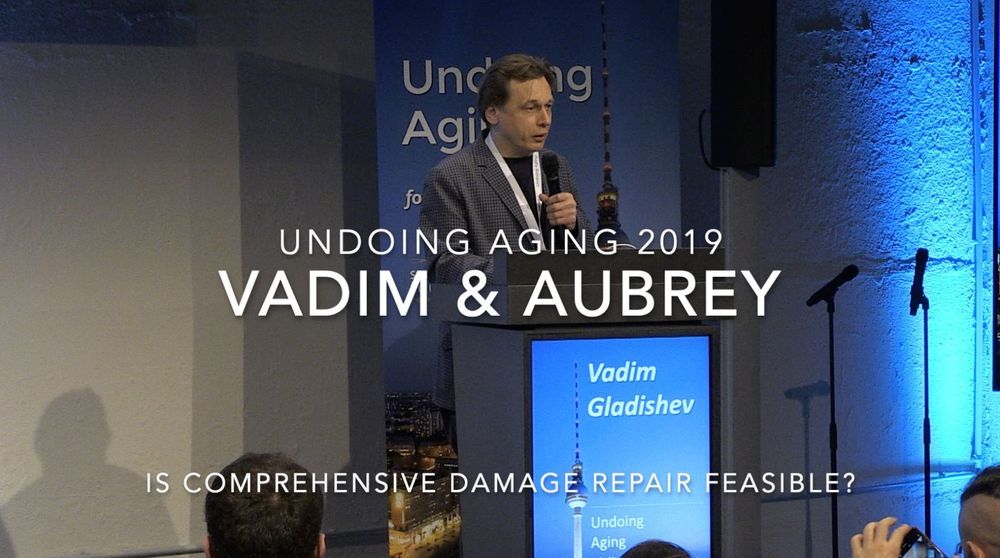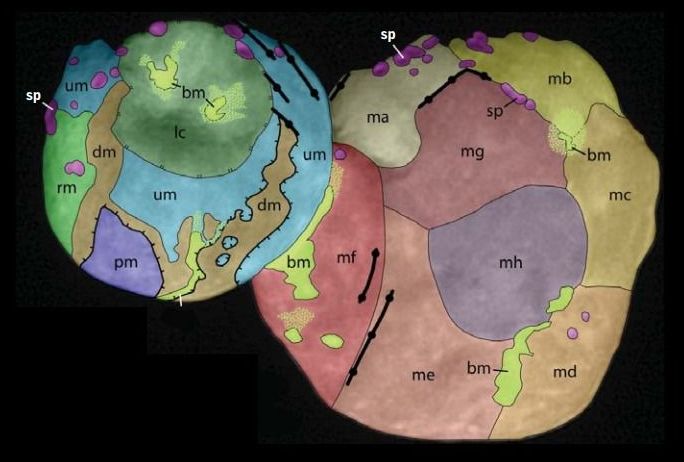Page 9150
May 17, 2019
How To Catch A Neutrino
Posted by Quinn Sena in categories: electronics, particle physics
Francis Halzen, the lead scientist of the IceCube Neutrino Detector, explains how light sensors buried deep in the ice at the South Pole detected a neutrino that traveled four billion light-years.
May 17, 2019
10 Fire Fighting Inventions That Every Government Should Possess 🔥🌏
Posted by Quinn Sena in categories: government, space
May 17, 2019
Is Comprehensive Damage Repair Feasible?
Posted by Steve Hill in categories: biotech/medical, life extension
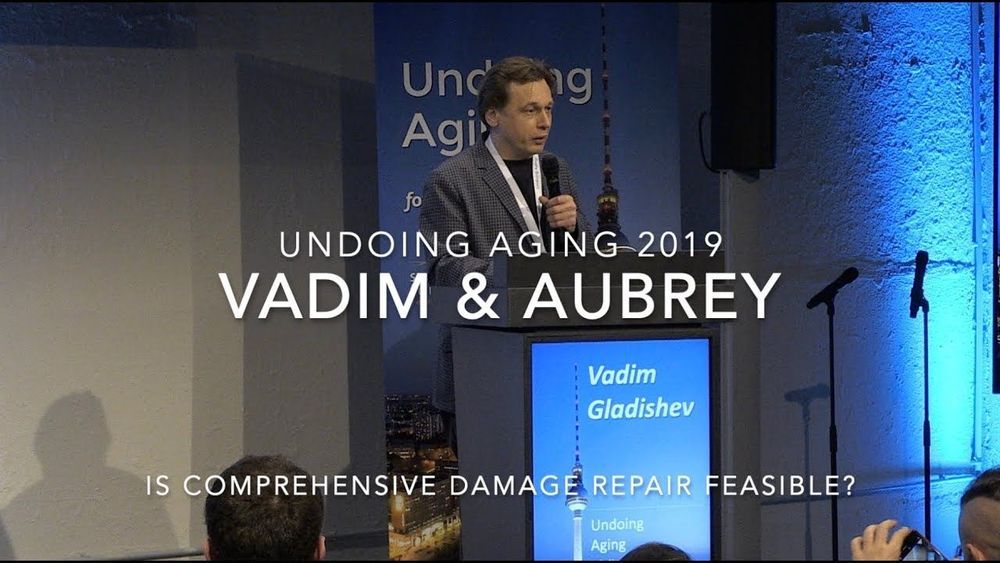
Earlier this year at the Undoing Aging conference in Berlin, I had the opportunity to listen to a debate between Dr. Vadim Gladyshev of Harvard Medical School and Aubrey de Grey of the SENS Research Foundation. The topic was “Is comprehensive damage repair feasible?”
What followed was a friendly and interesting discussion about the three main approaches that might be applied to aging in order to delay, prevent, or reverse age-related diseases.
Continue reading “Is Comprehensive Damage Repair Feasible?” »
May 17, 2019
NASA Wants to Build a Magnetic Force Field and a Deep Sleep Chamber For Astronauts on Mars
Posted by Quinn Sena in categories: habitats, space
A self-assembling space habitat, a deep sleep chamber to shuttle astronauts on long journeys, and a protective magnetic force field are the latest projects NASA is embarking on.
NASA’s Innovative Advanced Concept (NIAC) Program is responsible for funding futuristic space concepts that could, as NASA puts it, “change the possible.” It’s not enough to merely be a cool concept, though—projects are also screened for technical plausibility. In its latest round of funding, NIAC’s Phase II program has selected eight projects to move ahead. Among the most promising ones are three focusing on how to build livable future habitats in space.
May 17, 2019
From the Farside –“Ripples in Spacetime Created By Wormholes Leading to Another Universe”
Posted by Quinn Sena in categories: cosmology, physics
In June of 2018 we posted that a team of physicists explored the possibility that the black holes we ‘observe’ in nature are no such thing, but rather some type of exotic compact objects (ECOs) that do not have an event horizon. The scientific collaborations LIGO and Virgo have detected gravitational waves from the fusions of two black holes, inaugurating a new era in the study of the cosmos. But what if those ripples in space-time were produced wormholes that can be traversed to appear in another universe.
“Wormholes do not have an event horizon, but act as a space-time shortcut that can be traversed, a kind of very long throat that takes us to another universe,” says Pablo Bueno from KU Leuven University (Belgium). “The confirmation of echoes in the LIGO or Virgo signals would be a practically irrefutable proof that astrophysical black holes don’t exist. Time will tell if these echoes exist or not. If the result were positive, it would be one of the greatest discoveries in the history of physics.”
“Dark Hearts of the Cosmos” –Dazzling New Mergers of Black Holes and Neutron Stars Announced
May 17, 2019
Quantum cloud computing with self-check
Posted by Genevieve Klien in categories: chemistry, computing, particle physics, quantum physics
With a quantum coprocessor in the cloud, physicists from Innsbruck, Austria, open the door to the simulation of previously unsolvable problems in chemistry, materials research or high-energy physics. The research groups led by Rainer Blatt and Peter Zoller report in the journal Nature how they simulated particle physics phenomena on 20 quantum bits and how the quantum simulator self-verified the result for the first time.
Many scientists are currently working on investigating how quantum advantage can be exploited on hardware already available today. Three years ago, physicists first simulated the spontaneous formation of a pair of elementary particles with a digital quantum computer at the University of Innsbruck. Due to the error rate, however, more complex simulations would require a large number of quantum bits that are not yet available in today’s quantum computers. The analog simulation of quantum systems in a quantum computer also has narrow limits. Using a new method, researchers around Christian Kokail, Christine Maier und Rick van Bijnen at the Institute of Quantum Optics and Quantum Information (IQOQI) of the Austrian Academy of Sciences have now surpassed these limits. They use a programmable ion trap quantum computer with 20 quantum bits as a quantum coprocessor, in which quantum mechanical calculations that reach the limits of classical computers are outsourced.
May 17, 2019
We are in the midst of an extinction crisis, warn UN scientists
Posted by Derick Lee in categories: existential risks, policy
The global rate of species extinction “is already tens to hundreds of times higher than it has been, on average, over the last 10 million years,” according to the Intergovernmental Science-Policy Platform on Biodiversity and Ecosystem Services (IPBES), a UN committee, whose report was written by 145 experts from 50 countries.
One million of the planet’s eight million species are threatened with extinction by humans, scientists warned Monday in what is described as the most comprehensive assessment of global nature loss ever.
Their landmark report paints a bleak picture of a planet ravaged by an ever-growing human population, whose insatiable consumption is destroying the natural world.
Continue reading “We are in the midst of an extinction crisis, warn UN scientists” »
May 17, 2019
New video from our 2019 Undoing Aging conference: Is comprehensive damage repair feasible?
Posted by Michael Greve in categories: biotech/medical, life extension
An entertaining debate between Vadim Gladyshev — Havard Medical School and Aubrey de Grey — SENS Research Foundation.
undoing-aging.org/…/a-debate-between-vadim-gladyshev-and-au…
____________
May 16, 2019
New Horizons’ far-out findings from solar system’s Kuiper Belt turn into a cover story
Posted by Alberto Lao in categories: materials, space travel
The space snowman known as 2014 MU69 or Ultima Thule added to its celebrity today by showing up on the cover of the journal Science, with the first peer-reviewed results from an encounter with NASA’s New Horizons spacecraft laid out within.
Close study of the two-lobed object — which orbits 4 billion miles from the sun within a sparse belt of icy material known as the Kuiper Belt — could shed light on how the solar system was formed, said New Horizons principal investigator Alan Stern, a planetary scientist at the Southwest Research Institute.
“We’re looking into the well-preserved remnants of the ancient past,” Stern said in a news release. “There is no doubt that the discoveries made about Ultima Thule are going to advance theories of solar system formation.”

